Growing Leeks at Home: A Gardener’s Delight
Growing leeks at home might seem daunting, but I’m here to tell you it’s surprisingly achievable and incredibly rewarding! This article is packed with simple, effective growing leeks at home tricks and DIY solutions that will transform your gardening experience. Forget expensive, often disappointing store-bought leeks; I’ll show you how to cultivate your own flavorful, robust leeks right in your backyard or even on a sunny balcony.
Leeks, with their delicate flavor and versatility in the kitchen, have a rich history. Cultivated for centuries, they’ve held a place of honor in various cuisines worldwide, from hearty soups to elegant salads. But their journey from field to table often involves long transportation times and less-than-ideal growing conditions, impacting their freshness and taste. That’s why mastering the art of growing leeks at home is so important.
Why Grow Your Own Leeks?
The benefits extend far beyond simply having fresh leeks on demand. Growing your own allows you to control the quality, ensuring pesticide-free, flavorful vegetables. You’ll also experience the immense satisfaction of nurturing a plant from seed to harvest, a truly rewarding process. Plus, you’ll save money in the long run, avoiding the fluctuating prices of supermarket produce. This guide to growing leeks at home will equip you with the knowledge and confidence to cultivate these delicious alliums successfully, no matter your gardening experience level.
So, let’s get started on your journey to homegrown leek perfection! I’ll share my tried-and-true techniques, helpful tips, and clever DIY solutions to help you achieve a bountiful leek harvest. Get ready to transform your garden and your culinary creations!
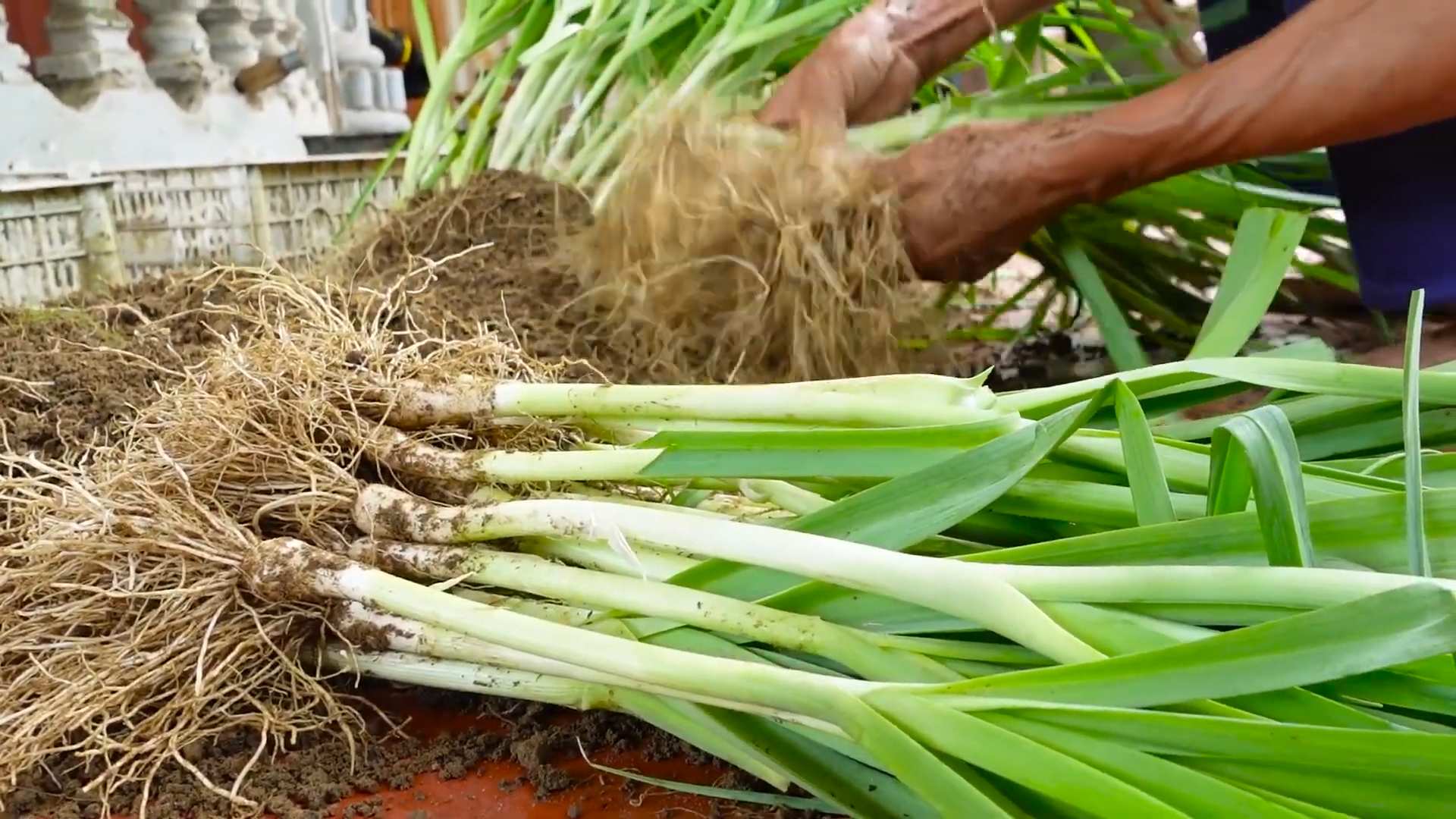
Growing Leeks from Seed: A Comprehensive Guide
Leeks are a delicious and versatile vegetable, and growing them at home is surprisingly rewarding! This guide will walk you through the entire process, from seed to harvest. Get ready to enjoy the freshest leeks you’ve ever tasted.
Phase 1: Seed Starting
- Choosing Your Seeds: Select high-quality leek seeds from a reputable supplier. Consider the variety – some are better suited to certain climates than others. I prefer a long-season variety for the biggest leeks.
- Starting Indoors (Recommended): Leeks need a long growing season, so starting them indoors 6-8 weeks before the last expected frost is highly recommended. This gives them a head start.
- Seed Starting Mix: Use a seed-starting mix, not garden soil. Garden soil is often too dense and can hinder germination. I find a peat-based mix works best.
- Fill small seed trays or individual pots with the seed-starting mix. Gently moisten the mix, ensuring it’s evenly damp but not soggy.
- Sow the seeds about ¼ inch deep and 1 inch apart. Don’t overcrowd them!
- Cover the trays with clear plastic wrap or a humidity dome to retain moisture and warmth. This helps with germination.
- Place the trays in a warm location (around 70-75°F) with bright, indirect sunlight. A sunny windowsill works well, but avoid direct sunlight which can scorch the delicate seedlings.
- Keep the soil consistently moist but not waterlogged. Check daily and water as needed. You’ll see tiny sprouts emerge in about 7-10 days.
- Once the seedlings have developed their first true leaves (the leaves after the cotyledons), remove the plastic wrap or humidity dome.
- Thin the seedlings to one strong plant per cell or pot. Gently pull out the weaker seedlings, being careful not to disturb the roots of the remaining plants.
- Continue to provide bright, indirect light and keep the soil moist. You can start fertilizing with a diluted liquid fertilizer once the seedlings have several true leaves.
Phase 2: Transplanting
- Hardening Off: Before transplanting outdoors, gradually acclimate the seedlings to outdoor conditions. This process, called hardening off, reduces transplant shock. Start by placing them outside for a few hours each day, gradually increasing the time over a week.
- Choosing a Location: Select a sunny location with well-drained soil. Leeks prefer full sun but can tolerate some partial shade, especially in hot climates. Amend the soil with compost to improve drainage and fertility.
- Soil Preparation: Leeks need loose, well-drained soil. Work in plenty of organic matter like compost to improve soil structure and fertility. A soil pH of 6.0-7.0 is ideal.
- Prepare the planting area by loosening the soil to a depth of at least 12 inches. Remove any rocks or weeds.
- Dig individual holes or trenches about 6-8 inches deep and 4-6 inches apart. The deeper the planting, the longer and whiter the leek stalks will be.
- Carefully remove the seedlings from their pots, trying not to damage the roots. If using seed trays, gently loosen the soil around the roots before transplanting.
- Plant the seedlings in the holes or trenches, burying the lower part of the stem (up to the first leaves) to encourage the development of a long, white stalk. This is called blanching.
- Gently firm the soil around the base of each plant.
- Water thoroughly after transplanting.
Phase 3: Ongoing Care
- Watering: Keep the soil consistently moist, especially during dry periods. Water deeply and regularly, aiming for about 1 inch of water per week.
- Weeding: Regularly remove weeds to prevent competition for nutrients and water.
- Fertilizing: Feed your leeks every few weeks with a balanced fertilizer. A slow-release granular fertilizer or a liquid fertilizer can be used.
- Pest and Disease Control: Monitor your leeks for pests like aphids and diseases like leaf blight. Take appropriate action if necessary, using organic pest control methods whenever possible.
- Mulch around the plants to help retain moisture, suppress weeds, and regulate soil temperature. Use organic mulch like straw or shredded leaves.
- Regularly inspect the plants for signs of pests or diseases. Early detection and treatment are crucial.
- If you notice any pests, try using insecticidal soap or neem oil. For diseases, ensure good air circulation and avoid overhead watering.
Phase 4: Harvesting
- Harvest Time: Leeks are ready for harvest when the stalks are about 1 inch or more in diameter. This usually takes 3-4 months after transplanting, depending on the variety and growing conditions.
- Harvesting Technique: Gently loosen the soil around the base of the leek with a garden fork or trowel. Then, carefully lift the entire leek from the ground, trying not to damage the leaves.
- Cleaning and Storage: Remove any loose soil from the leeks. Trim the roots and the dark green tops. Leeks can be stored in the refrigerator for up to a week or frozen for longer storage.
- To harvest, use a sharp knife or garden trowel to carefully cut the leeks from the ground, leaving a small portion of the root intact.
- Wash the leeks thoroughly under cold running water to remove any remaining soil.
- Trim the root end and the tough, dark green tops of the leaves.
- You can store your harvested leeks in a plastic bag in the refrigerator for up to a week. For longer storage, blanch and freeze them.
Enjoy your homegrown leeks!
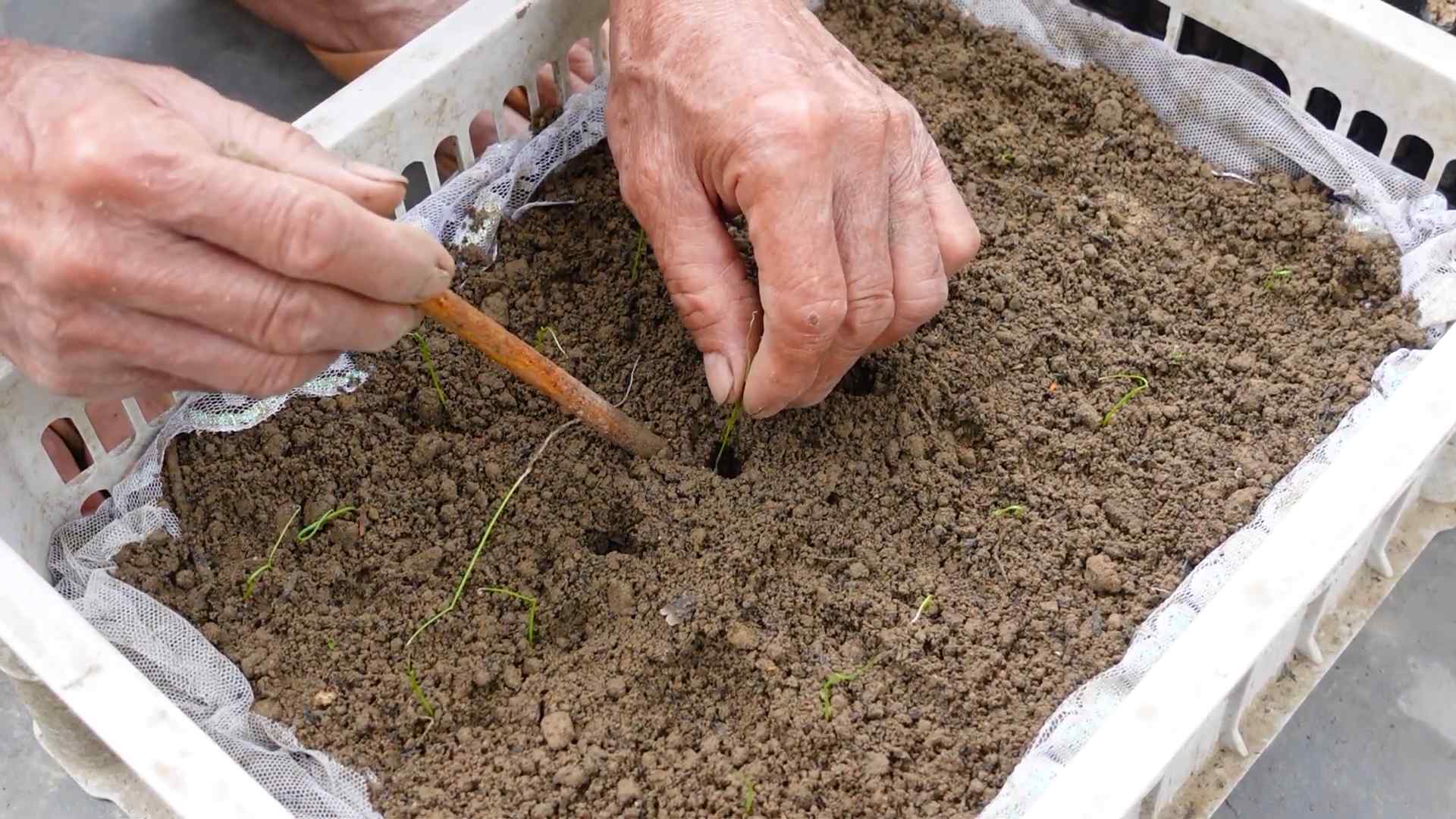
Conclusion
So there you have it! Growing leeks at home, once considered a daunting task, is now within everyone’s reach. This DIY method simplifies the process, offering a rewarding experience for both seasoned gardeners and enthusiastic beginners alike. The ability to cultivate your own flavorful leeks, free from pesticides and tailored to your taste, is an unparalleled satisfaction. You’ll not only enjoy the superior taste of homegrown leeks in your soups, stews, and savory dishes, but you’ll also gain a deeper appreciation for the cycle of life and the simple joy of nurturing plants from seed to harvest. This method ensures healthy, robust leeks, minimizing the challenges often associated with traditional leek cultivation. The detailed steps, combined with the readily available materials, make this a truly accessible and enjoyable project. Don’t be intimidated by the thought of growing your own produce; this leek-growing technique proves that it’s easier than you might think!
Beyond the basic method outlined, there are several exciting variations you can explore. Experiment with different leek varieties to discover your favorites – some boast a milder flavor, while others offer a more pungent bite. Consider starting your seeds indoors under grow lights for an earlier harvest, especially in colder climates. You can also adjust the spacing between plants depending on the size of your containers or garden bed. For those with limited space, vertical gardening techniques can be surprisingly effective for growing leeks. And don’t forget the importance of soil quality – enriching your soil with compost or other organic matter will significantly contribute to the health and yield of your leeks. The possibilities are endless, encouraging you to personalize your leek-growing journey and adapt the method to suit your specific needs and preferences.
We strongly encourage you to try this DIY method of growing leeks at home. Share your experience with us! Post pictures of your thriving leeks on social media using #HomegrownLeeks and tag us – we’d love to see your success stories. Your feedback will inspire others to embark on their own leek-growing adventures. From the initial sowing of seeds to the satisfying harvest, the entire process is incredibly rewarding. The taste of a homegrown leek, bursting with fresh flavor, is a testament to your efforts and a delicious reward for your gardening endeavors. So, grab your seeds, prepare your containers, and get ready to experience the joy of growing your own delicious leeks. You won’t regret it!
Frequently Asked Questions
What type of soil is best for growing leeks?
Leeks thrive in loose, well-draining soil rich in organic matter. Amend heavy clay soils with compost or other organic materials to improve drainage and aeration. Sandy soils may benefit from the addition of peat moss or other organic matter to retain moisture. A slightly acidic to neutral pH (6.0-7.0) is ideal. Regular soil testing can help you maintain optimal soil conditions for healthy leek growth. Remember, healthy soil is the foundation for healthy leeks.
How much sunlight do leeks need?
Leeks prefer at least six hours of sunlight per day. However, they can tolerate some shade, especially during the hottest part of the day in warmer climates. In areas with intense summer sun, providing some afternoon shade can prevent leaf scorch. Observe your plants; if they appear to be struggling in full sun, consider providing some protection from the harshest rays.
When is the best time to plant leeks?
The best time to plant leeks depends on your climate. In cooler climates, it’s best to start seeds indoors 6-8 weeks before the last expected frost. Direct sowing outdoors can be done after the danger of frost has passed. In warmer climates, you can sow seeds in the fall for a spring harvest or in early spring for a summer/fall harvest. Always check your local frost dates to determine the optimal planting time for your region.
How often should I water my leeks?
Consistent moisture is crucial for healthy leek growth. Water deeply and regularly, especially during dry periods. Aim to keep the soil consistently moist but not waterlogged. Overwatering can lead to root rot, while underwatering can result in stunted growth. Mulching around the plants can help retain soil moisture and suppress weeds. Observe your plants; if the leaves begin to wilt, it’s a sign that they need watering.
How long does it take for leeks to mature?
The time it takes for leeks to mature depends on the variety and growing conditions. Generally, leeks are ready for harvest 4-6 months after sowing. However, some varieties may take longer. You can start harvesting individual leeks as they reach the desired size, leaving the others to continue growing. For larger leeks, allow them to mature for the full growing season. Patience is key when growing leeks, as the wait is well worth the delicious reward.
What are some common problems when growing leeks?
Some common problems when growing leeks include pests such as aphids and leek moths, and diseases such as leaf blight and downy mildew. Regularly inspect your plants for signs of pests or diseases. Implementing preventative measures, such as crop rotation and maintaining good air circulation, can help minimize these issues. If problems arise, consider using organic pest control methods or consulting with a local gardening expert for advice. Early detection and prompt action are crucial for successful leek cultivation.
Can I grow leeks in containers?
Yes, you can successfully grow leeks in containers. Choose containers that are at least 12 inches deep to accommodate the long roots of leeks. Use a well-draining potting mix and ensure adequate watering. Container-grown leeks may require more frequent watering than those grown in the ground. Consider using larger containers for a more substantial harvest. Container gardening offers a flexible and convenient way to grow leeks, even in limited spaces.

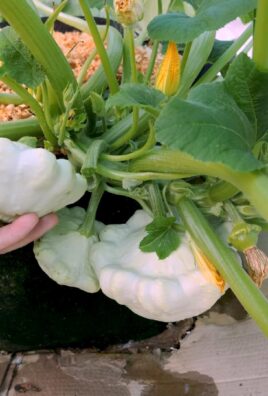
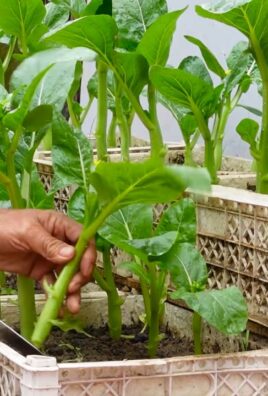
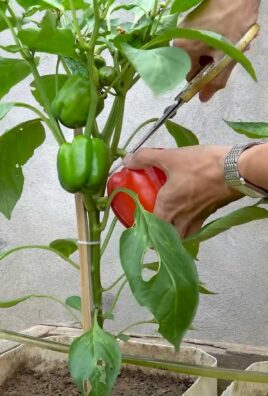
Leave a Comment